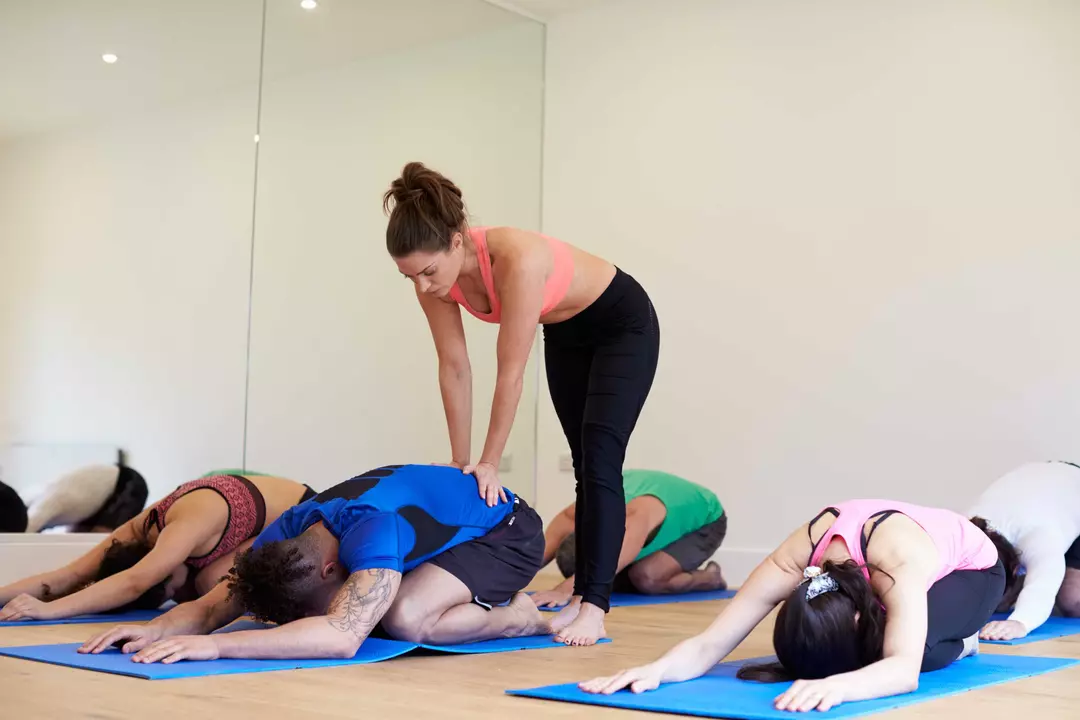Pilates: Practical Guide for Beginners
Want a stronger core, less back pain, and better posture without pounding your joints? Pilates gives you all that with slow, controlled movements that focus on alignment and breathing. You don't need to be flexible or fit to start—just some patience and a bit of space.
Pilates was developed to restore body control and balance. The goals are simple: build core strength, improve joint mobility, and teach you how to move with precision. Unlike fast cardio, pilates uses small, repeated motions to recruit deep muscles that often stay dormant with regular workouts.
How Pilates Differs from Yoga
Pilates and yoga share calm breath and body awareness, but they have clear differences. Pilates emphasizes core stability, exact alignment, and progressive repetitions. Yoga leans more on flexibility, long-held poses, and a spiritual/meditative side in many styles. Equipment matters too: mat pilates is common, but reformers and resistance springs are unique to pilates training.
Who should try pilates? If you sit a lot, have mild back pain, want better posture, or want a low-impact way to build strength, pilates is a solid choice. Athletes use it for balance and injury prevention. Seniors love it for mobility when done gently.
Quick Starter Routine (10–15 minutes)
Try this simple, no-equipment routine. Move slowly, control the breath, and stop if something hurts. Aim for 2–3 rounds.
- Pelvic curl: 8–10 reps. Lie on your back, knees bent, lift hips into a bridge one vertebra at a time, then roll down slowly. Focus on engaging the lower abs.
- The Hundred (modified): 30–60 seconds. Legs bent or straight at a 45° angle, pump arms up and down while breathing in for 5 counts and out for 5 counts. Start shorter if you’re new.
- Single-leg stretch: 8–10 reps per side. Pull one knee to chest, extend the other leg, switch smoothly while keeping the neck relaxed.
- Roll-up (or partial): 6–8 reps. From lying, curl the spine up toward sitting and reach for your toes. If full roll-up is hard, do a small curl with hands on thighs.
- Plank hold: 20–40 seconds. Keep a straight line from head to heels, pull belly button toward spine. Drop to knees if needed.
- Swan prep: 6–8 reps. Lie on your stomach, lift chest slightly using back muscles, not the neck. This balances the core work.
Finish with gentle spinal twists and deep breathing for 1–2 minutes.
Safety and Common Mistakes
Breathe constantly—Pilates uses coordinated breath, not breath-holding. Move with control; speed ruins technique. Avoid overarching the lower back during curls and planks. If you have herniated discs, recent surgery, or are pregnant, check with a healthcare pro before starting.
Small gear tips: a non-slip mat, a light resistance band, and a small Pilates ball can add variety. If you want faster progress or have injuries, book a session with a certified instructor for one-on-one corrections.
Try pilates 2–4 times a week for steady gains. Short, consistent sessions beat occasional long workouts. Stick with it and you’ll notice better posture, less back ache, and smoother movement in daily life.
Can a yoga teacher teach Pilates?
Yoga and Pilates are two popular forms of exercise that focus on improving strength, flexibility, and balance. But can a yoga teacher teach Pilates? The answer is yes! While the two disciplines are quite different in terms of their approach, a yoga teacher can learn the skills and techniques needed to teach Pilates. A yoga teacher can use their existing knowledge and experience in yoga to gain a deeper understanding of the principles of Pilates and how to apply them to students. With some additional training and practice, a yoga teacher can become a competent Pilates instructor and help their students reach their fitness goals.
